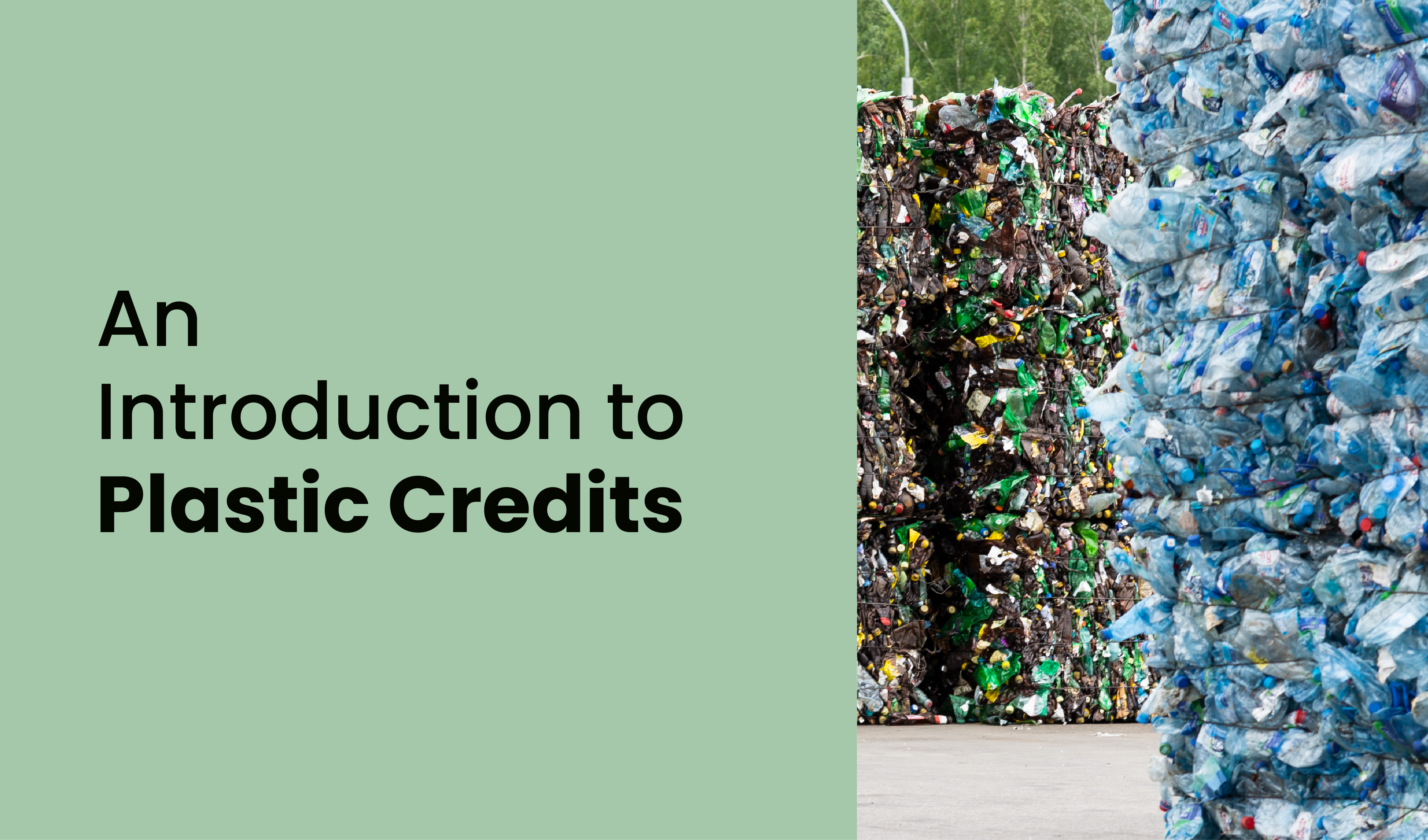Plastic pollution is a global crisis that continues to affect our planet, and one of the main contributors to this problem is the excessive use of plastic packaging by brands. From plastic bottles and bags to single-use packaging, brands produce millions of tonnes of plastic waste every year, much of which ends up in our oceans and landfills, causing significant environmental damage. However, there is a solution to this problem – Plastic Credits. By purchasing Plastic Credits, brands can take responsibility for their plastic footprint and support projects that reduce plastic waste and pollution.
In this blog, we’ll explore the benefits of plastic credits for brands and how to choose the right partner for their plastic neutrality journey.
Also read, The rising problem of plastic waste in India.
What are plastic credits?
Plastic credits are a form of tradable credits that can be bought and sold by companies in order to offset their plastic waste. The idea is to create a financial incentive for companies to reduce their plastic use and increase the use of more sustainable alternatives.
What are the benefits of Plastic Credits?
There are several reasons why it might be used:
- To reduce the environmental impacts of plastic: Plastic production, use, and disposal can negatively impact the environment, including pollution and waste. Plastic credits can be used to incentivize the reduction of these impacts.
- To manage the supply and demand of plastic: Plastic credits can be used to manage the supply and demand of plastic by setting limits on the amount of plastic that can be produced and used.
- To generate revenue: It can be sold, which can generate revenue for governments or other organizations. This revenue can fund programs or initiatives related to plastic reduction or other environmental goals.
- To foster innovation: It can incentivize the development of new technologies and practices that can reduce the use of plastic or mitigate its environmental impacts.
How does plastic credit work?
Plastic credits are a market-based approach to reducing plastic waste, creating a financial incentive for companies to reduce their plastic use and increase the use of more sustainable alternatives.
Here’s how it works:
- Companies that can reduce their plastic use or find ways to recycle or dispose of plastic in an environmentally-friendly manner can earn plastic credits.
- These credits can then be sold to other companies struggling to meet plastic reduction targets or otherwise unable to reduce their plastic use.
- These credits are traded on a plastic credit exchange, similar to how carbon credits are traded on a carbon exchange. The price of plastic credits is determined by supply and demand, with the price generally increasing as the availability of credits decreases.
Plastic credits aim to reduce the overall amount of plastic waste produced, encourage the development of more sustainable alternatives to plastic, and incentivize companies to reduce their plastic use.
Also read: Exploring the Challenges and Opportunities of Plastic Credits
How to choose the right partner for plastic credits?
Choosing a reputable and transparent partner is essential if you are interested in purchasing plastic credits to offset your plastic waste and reduce your environmental impact.
Here are a few considerations to keep in mind when selecting a provider:
- Reputation: Look for a provider with a good reputation and a track record of success in offering plastic credits or similar programs.
- Transparency: Choose a transparent provider about how the credits are generated and how the proceeds are used to support waste reduction initiatives.
- Impact: Consider the impact of the projects or initiatives that the credits support. Look for projects that have a meaningful and lasting impact on reducing plastic waste.
- Certification: Look for providers certified by a reputable third-party organization, such as a carbon offset registry or a sustainability certification body.
- Cost: Compare the costs of different plastic credit options to find a program that fits your budget and meets your sustainability goals.
By considering these factors, you can choose a reputable, transparent, effective plastic credit partner that reduces plastic waste.
Achieve plastic neutrality in 3 simple steps with Recykal’s Plastic Neutrality Solutions. To take the first step towards becoming a plastic neutral brand, talk to our experts.




